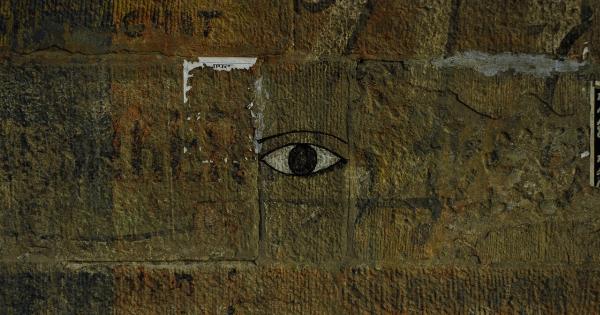Eye infections can be caused by a variety of factors such as bacteria, viruses, fungi, and parasites. They can affect different parts of the eye like the cornea, conjunctiva, and eyelids.
Eye infections are common and can be easily treated with medication but can also lead to severe vision problems if left untreated. Here we discuss different types of eye infections and their treatment.
Bacterial Conjunctivitis
Bacterial conjunctivitis is a highly contagious eye infection that affects the conjunctiva, the thin clear layer of tissue that lies over the white part of the eye.
The symptoms of bacterial conjunctivitis include redness, watering, discharge, and sensitivity to light. Antibiotics such as eye drops or ointments are the main treatment for bacterial conjunctivitis. They can also help prevent bacterial conjunctivitis from spreading to the other eye.
Viral Conjunctivitis
Viral conjunctivitis causes similar symptoms to bacterial conjunctivitis but is caused by a virus instead of bacteria. The symptoms of viral conjunctivitis include redness, watering, and sensitivity to light.
Viral conjunctivitis typically goes away on its own within a couple of weeks without treatment. However, applying a cool compress and using artificial tears can provide relief from the symptoms. In some cases, antiviral eye drops may be prescribed for a faster recovery.
Fungal Conjunctivitis
Fungal conjunctivitis is a rare eye infection that is caused by a fungal infection. The symptoms of fungal conjunctivitis include redness, swelling, discharge, and blurred vision.
Antifungal eye drops or ointments are required to treat fungal conjunctivitis. In severe cases, oral antifungal medication may be prescribed.
Keratitis
Keratitis is an infection of the cornea, the clear layer of tissue that covers the front of the eye. It can be caused by bacteria, viruses, fungi, or parasites.
The symptoms of keratitis include pain, redness, sensitivity to light, watering, and blurred vision. Depending on the cause of keratitis, treatment can include antibiotics, antiviral medication, antifungal medication, or antiparasitic medication.
Stye
A stye is a small lump or bump that develops on the eyelid. It is caused by a bacterial infection in the oil glands of the eyelid. The symptoms of a stye include pain, redness, swelling, and tenderness.
Applying a warm compress to the affected eyelid several times a day can help relieve the symptoms and promote drainage of the stye. In some cases, antibiotics may be prescribed.
Chalazion
Chalazion is a small cyst that forms on the eyelid due to a blockage in the oil glands of the eyelid. The symptoms of a chalazion include swelling, tenderness, and a bump on the eyelid.
Applying a warm compress to the affected eyelid can help to promote drainage and relieve the symptoms. In some cases, the chalazion may need to be surgically removed.
Molluscum Contagiosum
Molluscum contagiosum is a viral infection that causes small, raised, pink or white bumps on the skin around the eyes. It is caused by a poxvirus and is highly contagious. The symptoms of molluscum contagiosum include itching, redness, and tenderness.
Molluscum contagiosum usually goes away on its own within six months to a year. However, in some cases, treatment with antiviral medication may be required to speed up the healing process.
Herpes Simplex
Herpes simplex is a viral infection that can cause eye infections in addition to cold sores on the mouth. The symptoms of herpes simplex eye infection include redness, pain, swelling, and sensitivity to light.
Treatment for herpes simplex eye infection includes antiviral medication and other medication to relieve symptoms and prevent complications like vision loss.
Acute Retinal Necrosis
Acute retinal necrosis is a rare viral infection that can cause severe damage to the retina, the thin layer of tissue that lines the back of the eye.
The symptoms of acute retinal necrosis include pain, redness, sensitivity to light, vision loss, and floaters. Treatment for acute retinal necrosis includes antiviral medication and, in severe cases, surgery to repair the damage to the retina.
Prevention of Eye Infections
Eye infections can be prevented by following simple measures like washing your hands regularly, avoiding touching your eyes, not sharing personal items like towels or eye makeup, and maintaining good hygiene.
If you wear contact lenses, follow proper hygiene habits like washing your hands before putting them in, taking them out at night, and cleaning them regularly. It’s essential to avoid wearing contact lenses if you have any eye infections as this can worsen the condition and lead to serious complications.
Conclusion
Eye infections can be uncomfortable and sometimes painful, but they are usually treatable with medication.
It’s essential to seek prompt medical attention if you experience any symptoms of an eye infection to prevent complications and ensure a full recovery. Following good hygiene measures and taking proper care of contact lenses can help prevent the occurrence of eye infections.


























